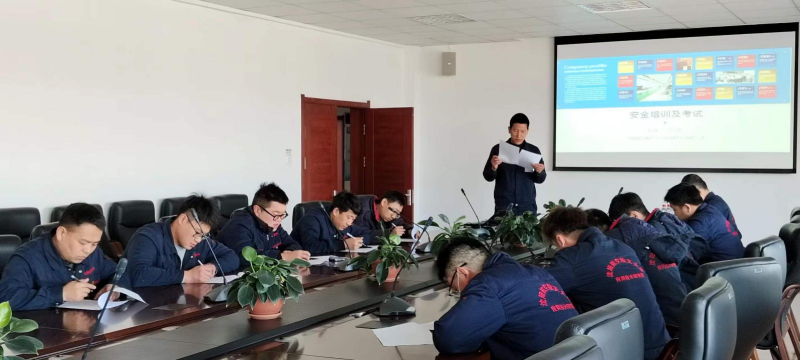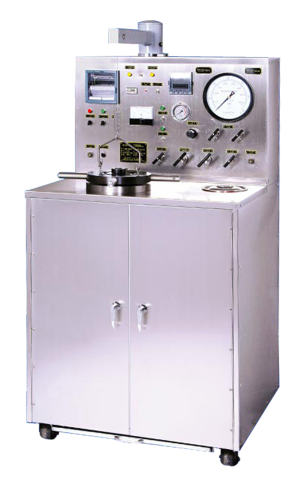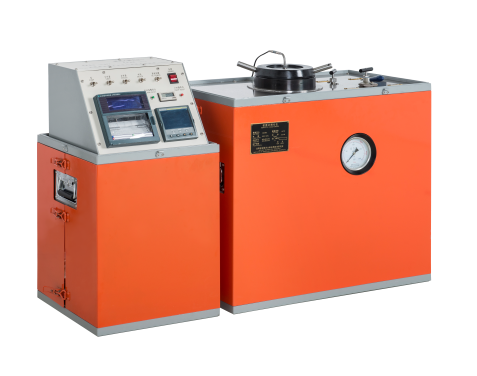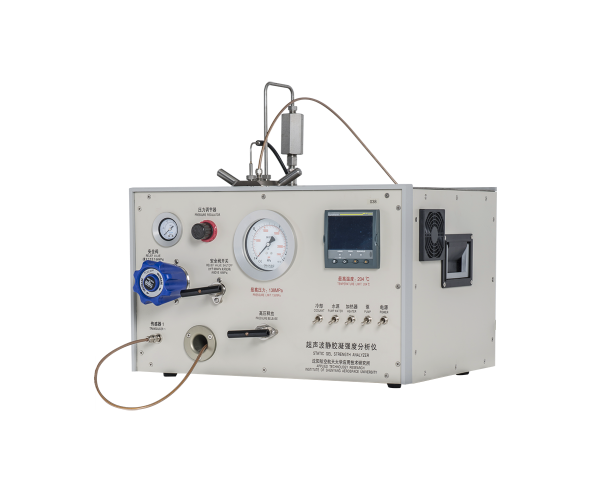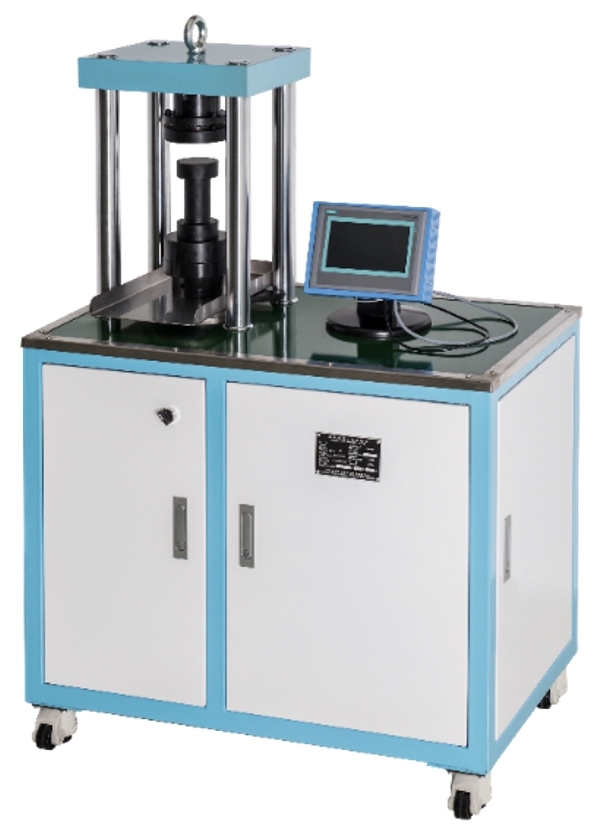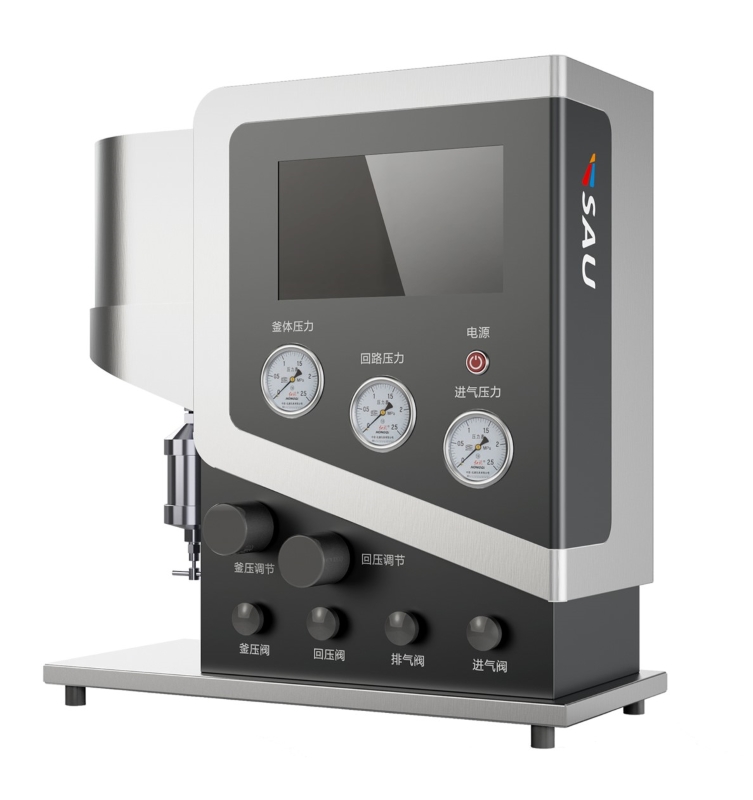Comprehensive Safety Training Program Enhances Workplace Safety
In a bid to strengthen workplace safety and ensure compliance with regulatory requirements, ATCSAU recently conducted an extensive safety training program for all employees. The initiative, organized by the company’s dedicated Safety Education and Training Management Team, aimed to reinforce safety awareness, improve operational standards, and foster a culture of responsibility among staff.
Structured Training Framework
The program was implemented under a well-defined framework:
Dedicated Management Team: A specialized safety training unit was established, with assigned personnel overseeing planning, execution, and documentation.
Annual Training Plan: A detailed yearly schedule was developed, incorporating diverse safety modules while maintaining systematic records for compliance and review.
Three-Level Training for New/Transferred Employees: New hires and transferred staff underwent mandatory three-tiered education covering foundational safety knowledge, workplace discipline, and operational procedures, achieving a 100% training completion rate.
Company-Wide Annual Training: At least one comprehensive safety session, followed by assessments, was conducted for all employees. Departments also held periodic training to address specific risks.
Certification for Specialized Roles: Technical training was enforced for workers in high-risk operations, ensuring a 100% certification rate for licensed roles.
Leadership Training: Executives and safety managers participated in advanced courses to maintain updated qualifications.
Key Training Components
The curriculum addressed critical safety topics:
Fundamentals of Safety Management: Emphasized the company’s safety policies and core principles.
Roles and Responsibilities: Clarified employees’ duties in maintaining a hazard-free environment.
Workers’ Rights and Obligations: Educated staff on legal protections and reporting protocols.
Proper Use of Protective Gear: Demonstrated correct handling of safety equipment.
Emergency Response: Equipped teams with evacuation and first-aid skills.
Fire and Explosion Prevention: Highlighted hazard identification and mitigation techniques.
Outcomes and Future Steps
Post-training evaluations confirmed improved competency in safety practices. Moving forward, our company plans to integrate refresher courses and leverage digital tools for ongoing learning. By prioritizing education, the company reaffirms its commitment to a zero-incident workplace.
"Safety is a shared mission," remarked Yunhu Deng, safety manager. "This training ensures every team member is empowered to protect themselves and their colleagues."
With these measures, company sets a benchmark for proactive risk management in the industry.
